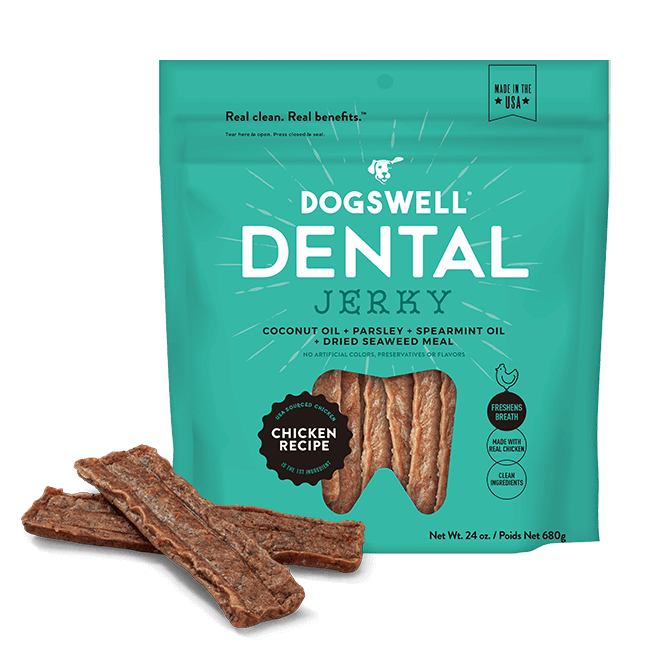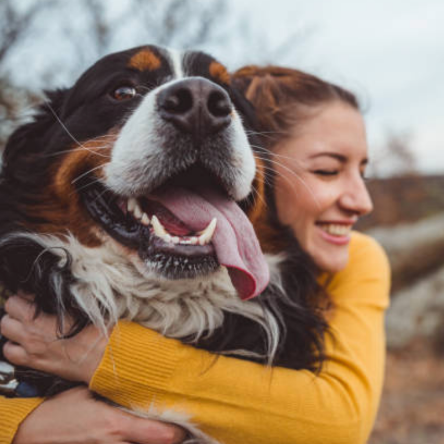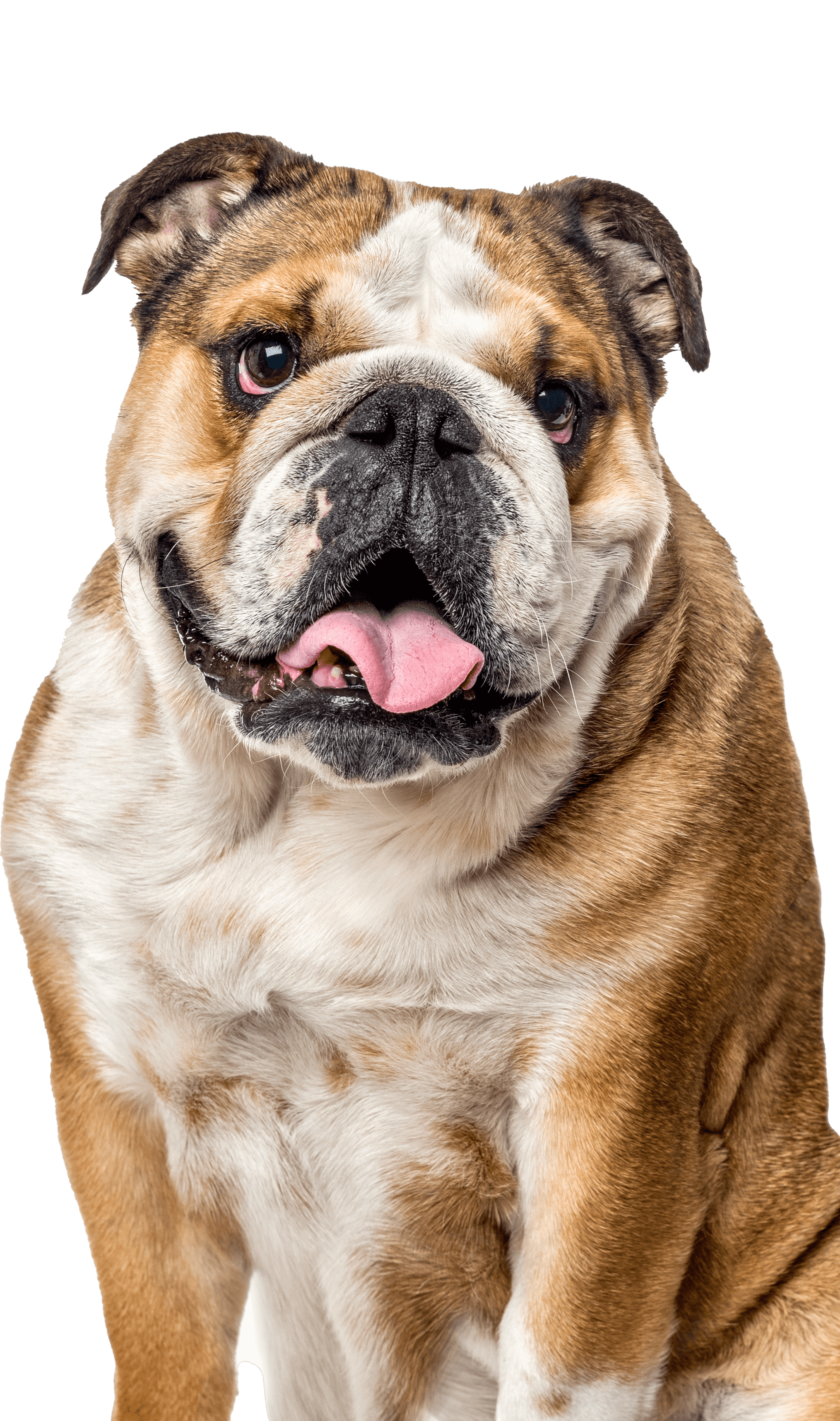Dog breath: We know it. We hate it. So, what can we do about it?
Learn ways to manage your dog’s dental health to keep their bodies healthy and their breath tolerable.
Think about the last time you got up close and personal with your furry canine companion. Was it a pleasant experience? Was that cheek lick he gave you cute or cringeworthy?
Dogs’ dental health is often overlooked by dog parents, but “dental, oral and maxillofacial diseases are some of the most common problems in small animal veterinary practice,” according to The World Small Animal Veterinary Association. Recent studies1 reported that, by the age of 2, close to 90% of dogs will have some form of periodontal (gum) disease. Small and toy breeds are particularly susceptible2, and its incidence increases with age.3
Taking care of your dog’s teeth and gums is important not only for their overall odor, but also for their whole-body health. If neglected, a buildup of plaque and tartar can lead to painful tooth decay and infection, which can then cause a number of other health problems. Stinky breath is one thing, but watching your beloved dog suffer with painful dental issues is a whole different ballgame.
Here are a few ways in which you can maintain your dog’s dental health:
Brush their teeth at least 2-3 times a week.
If you’ve never brushed your dog’s teeth before, here are a few tips to get started:
Inspect their mouth regularly.
Teeth should be white, not yellow or brown. Gums should be pink, not swollen or red. Breath should be bearable, not overpowering. As with brushing, it may take time for your dog to get used to you touching their mouth. Rewarding them with treats will help them form positive associations with having their mouths touched by you.
Have their teeth professionally cleaned annually, or as recommended by your veterinarian.
It’s important that your veterinarian examine your dog’s teeth at least once a year to ensure that their teeth and gums are healthy. Your dog should also have their teeth professionally cleaned to remove plaque and tartar buildup once a year, or more frequently if your veterinarian determines it’s necessary.
Encourage chewing.
Hard chew toys and bones can be very helpful with scraping plaque and tartar off teeth, in addition to releasing tension and energy. But, be sure to encourage them to only chew on their toys. If you find them chewing on something inappropriate, like your shoes or your kid’s baseball glove, take it away and immediately give them a chew toy or bone.
Treat them to dental treats.

Dogswell Dental Jerky
A delicious way to help support your dog’s dental health and freshen breath
It’s made with real, USA-sourced chicken for the meaty flavor dogs love, plus coconut oil, parsley, spearmint oil and dried seaweed meal.
By making these small changes, you’ll be making big improvements in your dog’s dental health. It’s never too late to start taking care of your dog’s teeth! If you start today, you may be able to help them avoid painful disease and potentially prolong their life.
Source:
The World Small Animal Veterinary Association Global Dental Guidelines
Journal of Small Animal Practice. Vol 61. July 2020.
https://onlinelibrary.wiley.com/doi/epdf/10.1111/jsap.13132
Accessed March 19, 2021.
1 Fernandes 2012, Queck, et al. 2018, Stella et al. 2018
2 Stella et al. 2018
3. Hoffman & Gaengler 1996

